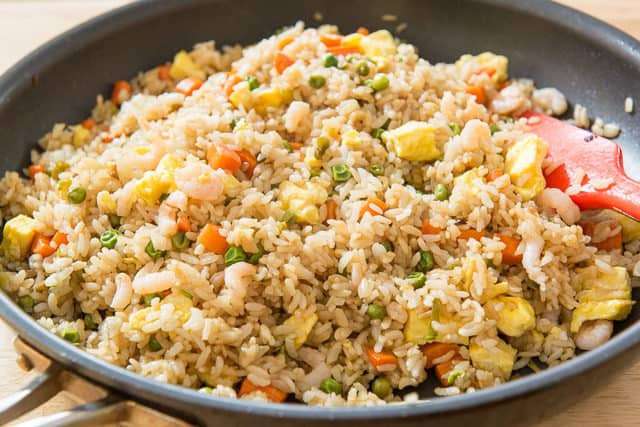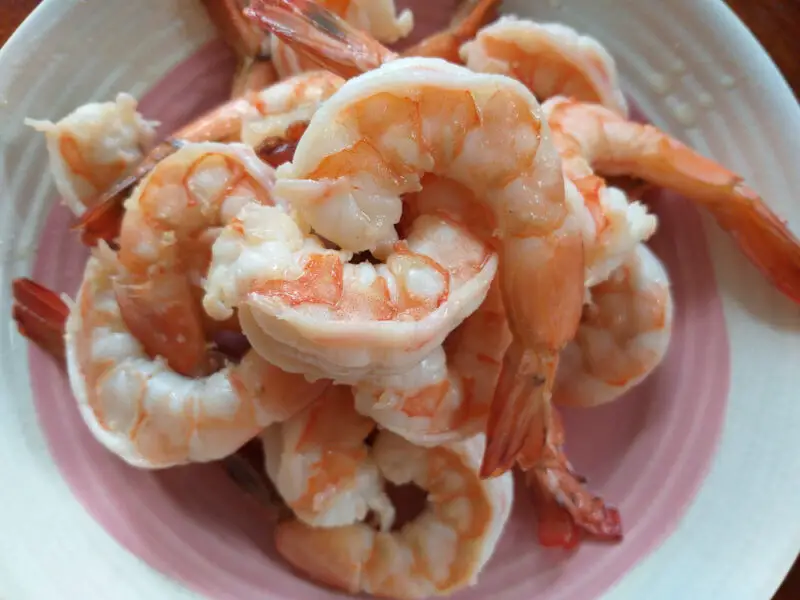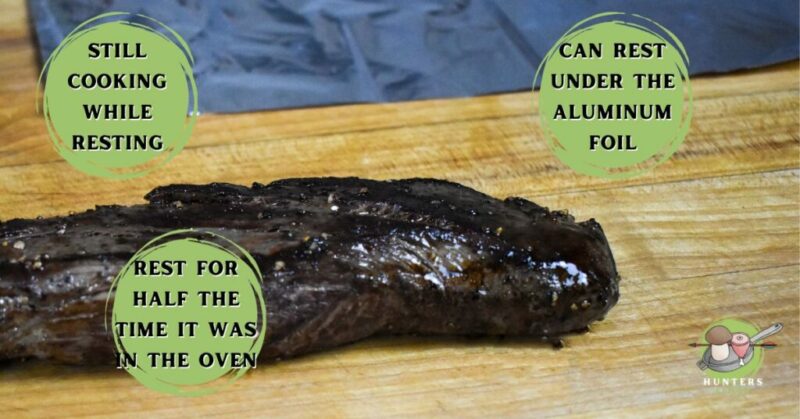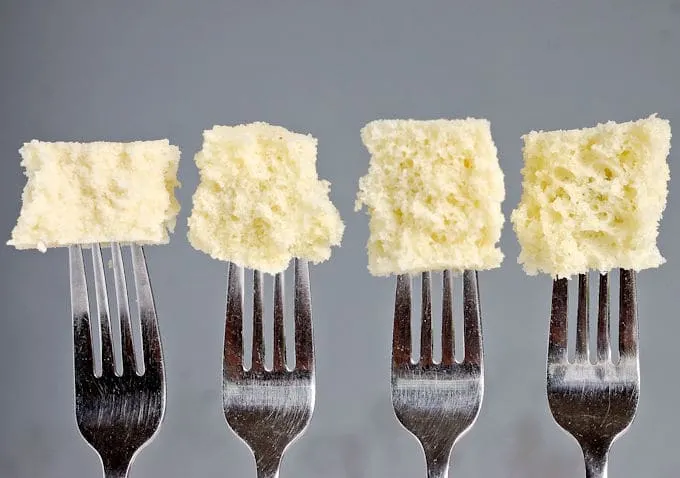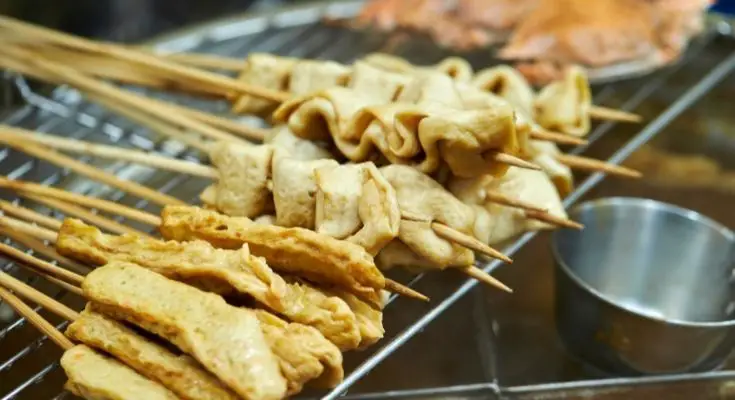Fried rice is a popular and delicious dish, but it can sometimes suffer from the frustrating problem of being too dry. Luckily, there are several techniques you can use to make your fried rice perfect every time. From selecting the right ingredients to cooking them correctly, here’s everything you need to know about how to make fried rice less dry.
## Understanding the Problem with Fried Rice
If you’ve ever made fried rice at home, you may have noticed that it often turns out dry and lacking in flavor. This can happen for several reasons, including over-cooking the rice, using too little oil, and cooking at high heat for too long.
To avoid these problems, it’s important to understand the factors that can cause dryness in fried rice.
### Over-Cooked Rice
Over-cooked rice is a leading cause of dryness in fried rice. When rice is overcooked, it becomes sticky and clumpy, making it difficult to separate the grains and blend with other ingredients.
### High Heat
Another factor that contributes to dryness is cooking at high heat. Although stir-frying is an essential technique in making fried rice, too much heat can cause the dish to cook too quickly, leaving you with dry, burnt rice.
### Lack of Oil
Using too little oil when frying your ingredients can make your fried rice more likely to turn out dry. Without enough oil, the rice can become overcooked and stick together while the other ingredients remain undercooked.
### Wrong Type of Rice Used
Lastly, using the wrong type of rice can also lead to dryness in your fried rice. Long-grain white rice or brown rice work well for making fried rice while short-grain sushi rice, for example, doesn’t work as well because it tends to get mushy.
## Preparing Your Rice Correctly
Preparing your rice correctly is a crucial step in making moist and flavorful fried rice. Here’s what you need to know.
### Choosing the Right Type of Rice for Making Fried Rice
It’s essential to choose the right type of rice for making fried rice. Long-grain white rice and brown rice are better options as they maintain their firmness when stir-fried. Short-grain sushi rice results in a sticky and gummy fried rice that lacks texture.
### Cooking Your Rice Perfectly
Cooking your rice perfectly is also important. Overcooked, mushy, or undercooked rice will not blend well with the other ingredients and result in dry fried rice.
To achieve the ideal texture and consistency for making fried rice, measure one cup of rice with two cups of water in a pot and bring to boil. Once boiled, lower the heat and let it simmer for 18 minutes until the water has fully absorbed into the rice. Fluff it with a fork once cooked.
### How to Avoid Clumpy or Mushy Rice
To avoid clumpy or mushy rice, refrain from stirring your cooked rice too much and let it cool off uncovered before adding it to your pan. This prevents moisture build-up that can cause clumping, resulting in separate grains.
### Tips for Storing Cooked Rice
For best results, always use freshly cooked and cooled-off rice for making fried rice. If you need to store your cooked rice for any reason, make sure to cool it off quickly and keep it refrigerated immediately in an air-tight container. This ensures that it stays fresh and doesn’t dry out.
## Choosing the Right Pan and Oil
Choosing the right oil and pan is essential in achieving a moist and flavorful fried rice dish.
### Best Type of Pan to Use for Stir-Frying Fried Rice
A wok works best when cooking fried rice because its shape allows an even distribution of heat around food, enables tossing of ingredients without spilling over the sides, and gives enough space to cook individual components at once, allowing optimal blending of flavors.
### Ideal Oil Choice for Stir-Frying Fried Rice
Picking the right oil is also important. Avoid using butter or olive oil when cooking fried rice because both contain low smoke points. Go for neutral oils like vegetable oil, peanut oil or rapeseed oil because they have high smoke points and won’t burn easily at high heat.
### Quantity and Distribution of Oil in Your Frying Pan
Using the right quantity of oil is also crucial to prevent dryness in your fried rice. Use enough oil that coats the entire pan surface when heated and distributes evenly when ingredients are added. Avoid adding too much as it causes food to become greasy.
## Proper Techniques for Frying Fried Rice
Now that you have prepared your rice and set up your frying station, here are some proper techniques to follow when making your fried rice.
### Choosing the Right Vegetables, Meat, or Other Ingredients for the Recipe
Start by selecting fresh vegetables such as carrots, peas, onions, garlic, bell peppers, green onions, and meat like chicken breast or shrimp. Cut them into bite-size pieces and prepare them based on your recipe preference.
### Preparing Your Ingredients Correctly Before Starting Cooking
Having all your ingredients prepped beforehand ensures that the dish cooks evenly and doesn’t burn. Once prepared, crack eggs in a small bowl and sauté until fully cooked on medium heat before adding other ingredients.
### Step-by-Step Instructions to Fry Your Perfect Rice Dish
To fry perfect rice:
– Start by heating up your wok over high heat
– Add oil and wait for it to shimmer
– Pour in your egg mixture and scramble until cooked
– Fluff your cooked rice with a fork before adding it to the wok.
– Spread out your rice evenly in the pan and let it cook for two minutes without touching.
– Flip it to cook another side.
– Add any other prepped vegetables/meat to the pan.
– Frequently stir the ingredients using chopsticks or a spatula, starting in the center and moving outward.
– Add any sauces or seasonings at just the right time to ensure flavor spreads evenly.
### Adding Moisture to Your Fried Rice
Adding moisture and flavor to your fried rice is also crucial. Here are some common methods and ingredients you can use:
### Increasing Oil Quantity
Use more oil if you need to add more moisture to your fried rice. This trick ensures that your fried rice does not stick together and becomes oily.
### Adding Soy Sauce or Other Sauces
Sauces always come in handy when it comes to adding moisture. Soy sauce, fish sauce, oyster sauce, teriyaki sauce, and hoisin sauce can all be used when preparing the dish.
### Using Broth or Stock Instead of Water
Adding broth or stock instead of water when cooking rice is an age-old technique that adds more flavor and increases moisture.
### Adding Additional Liquid Flavorings Like Oyster Sauce, Mirin, or Vinegar
You can also consider adding other liquid flavorings such as mirin, vinegar, and oyster sauce when sautéing meat and vegetables.
## Adjusting Seasoning as Needed
Tasting your fried rice as you go along helps prevent dryness later on. Seasoning properly with salt, soy sauce or other seasoning components helps keep your fried rice moist.
## Using Garnishes to Add Moisture and Flavor
Finally, don’t forget about garnishes that can add additional moisture and tons of flavor to your dish. Some go-to options are green onions, sesame seeds, chopped peanuts or cashews, cilantro or cooked egg slices.
## Serving and Storage Tips
Once you’ve made perfect fried rice, serve immediately for optimal freshness. If you need to store your leftover fried rice make sure you cool it down before refrigerating or freezing it in an air-tight container. To reheat it, sprinkle few drops of water over the rice before microwaving and then mix.
## Conclusion
Learning how to make fried rice less dry is about selecting the right ingredients, preparing them perfectly, and using proper techniques and seasonings in cooking. Despite its common reputation for dryness, you can enjoy a moist and flavorful fried rice dish every time with these tips and tricks. Play with seasoning combinations, different types of rice, and explore new ingredients to find the perfect recipe for you!
Frequently Asked Questions
How can I make my fried rice less dry?
There are several ways to make fried rice less dry. One simple solution is to add a splash of water or broth to the rice as it’s cooking. This will help the rice absorb more moisture and prevent it from drying out.
What type of rice should I use for fried rice?
For the best results, use long-grain white rice or jasmine rice. These types of rice have a lower starch content and cook up fluffy and tender, making them perfect for fried rice.
What ingredients can I add to my fried rice to make it more flavorful?
To add flavor and texture to your fried rice, try adding chopped vegetables like onions, carrots, and bell peppers. You can also mix in diced chicken, shrimp, or tofu for some protein. Soy sauce, garlic, ginger, and sesame oil are great seasonings for fried rice.
How can I prevent my fried rice from sticking to the pan?
Make sure you’re using a non-stick pan or well-seasoned wok when making fried rice. It’s also important not to overload the pan with too much rice at once, as this can cause it to clump together and stick. Finally, be sure to stir frequently while cooking to keep the rice moving around the pan.
